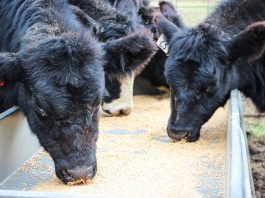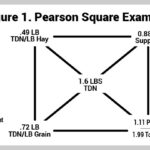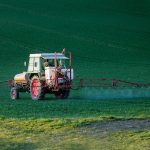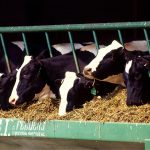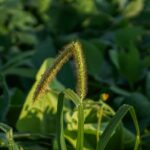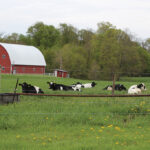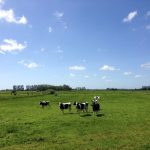How to use a Pearson Square
A Pearson Square is a simple method for small-scale livestock producers to calculate a livestock ration when using a few ingredients.
Winter grazing tips for horses
As winter nears, horse owners can safeguard pastures and equine health with smart grazing, nutrition and mud management strategies.
Now is the time to renew your pesticide license
After two tough forage years, Ohio farmers are urged to secure or renew pesticide licenses to manage weeds and prepare for the 2026 growing season.
Do you have a grazing exit plan?
Learn when and how to end your grazing season to protect pasture health, store plant energy for winter and ensure strong regrowth next spring.
Considerations for restoring pastures after a drought
After drought, pastures need rest, soil care and reseeding. Learn how to assess damage, manage recovery and prepare your fields for future dry spells.
A season of change: 10 thoughts to consider this fall
Warm fall weather has brought both opportunities and challenges. Now’s the time to assess forage, prep for winter, plan finances and review your legacy.
Winter feed planning starts with a probe
Ohio cattle producers face poor forage quality after extreme weather. OSU Extension urges hay testing to balance rations and support herd health.
When it comes to weeds, what is the best course of action?
Weeds like johnsongrass, foxtail and knapweed challenge pastures and hayfields. Learn how soil health, grazing, mowing and herbicides can manage them.
Here we are grazing through a drought — again
After record drought in 2024, Ohio pastures face another dry year. Learn strategies to protect forage, manage herds and conserve resources for the future.
Fall pasture walk (and work)
Fall is the perfect time to soil test, reseed, manage weeds, repair fences and prep sacrifice areas to keep pastures and livestock ready for winter.









